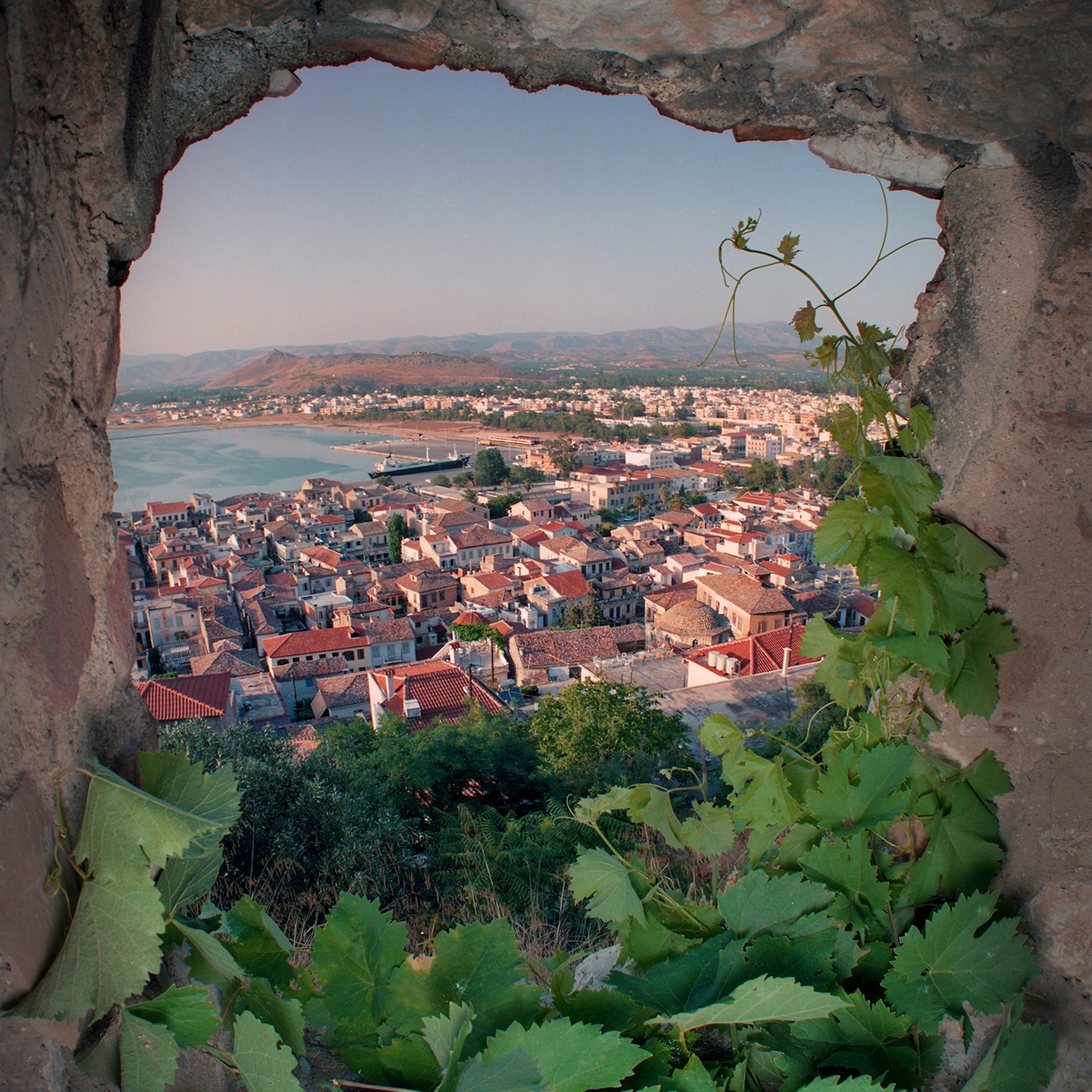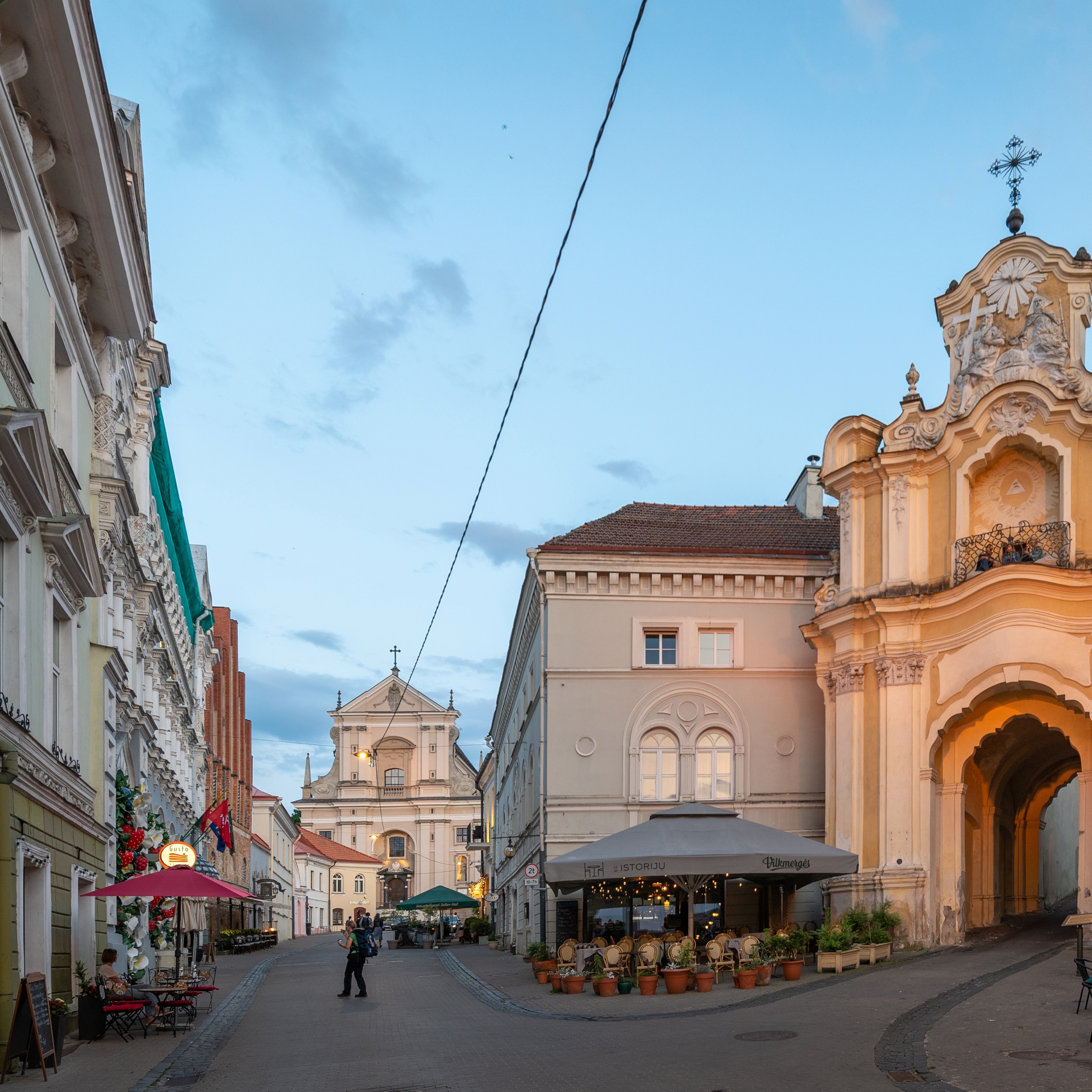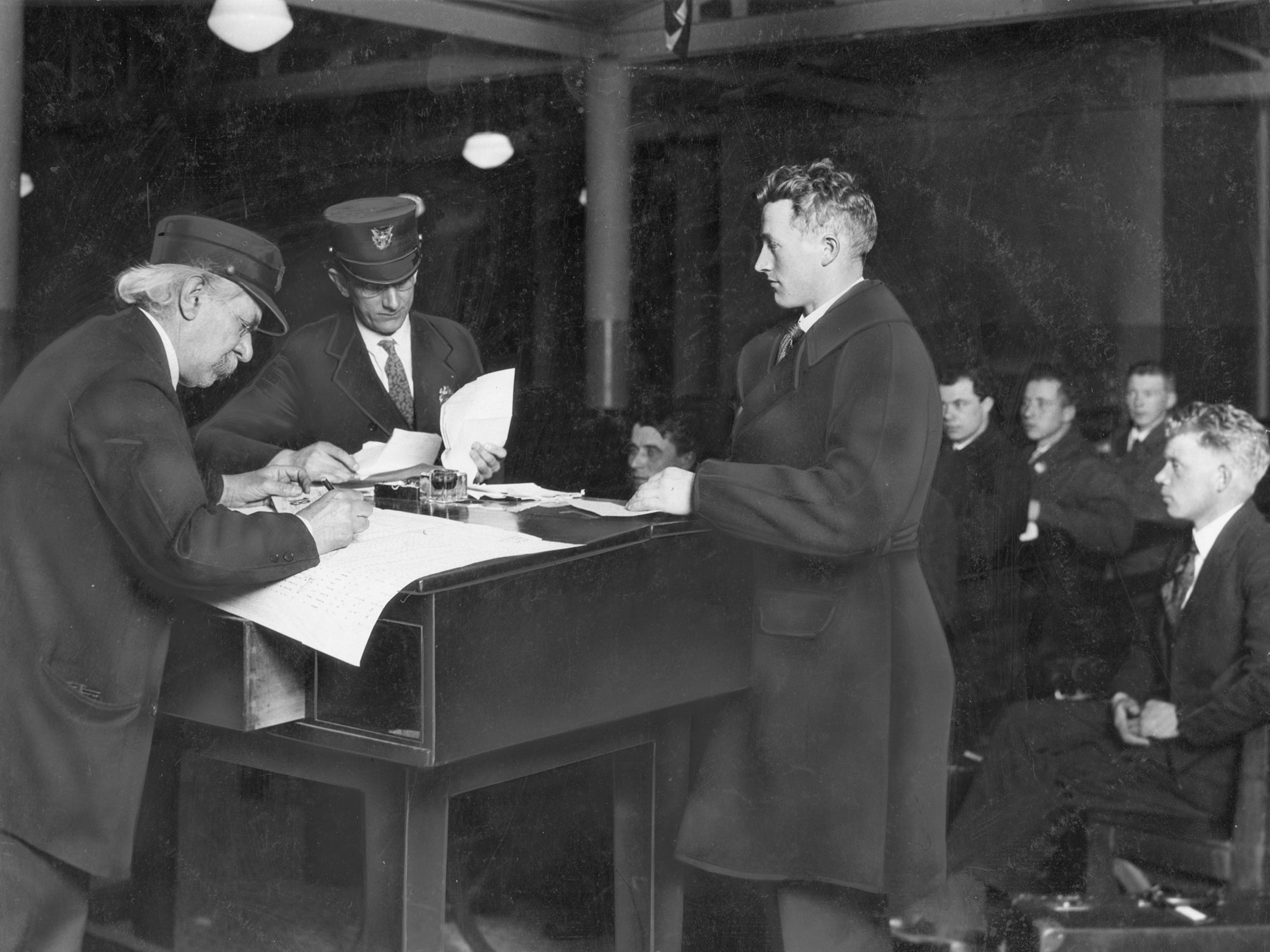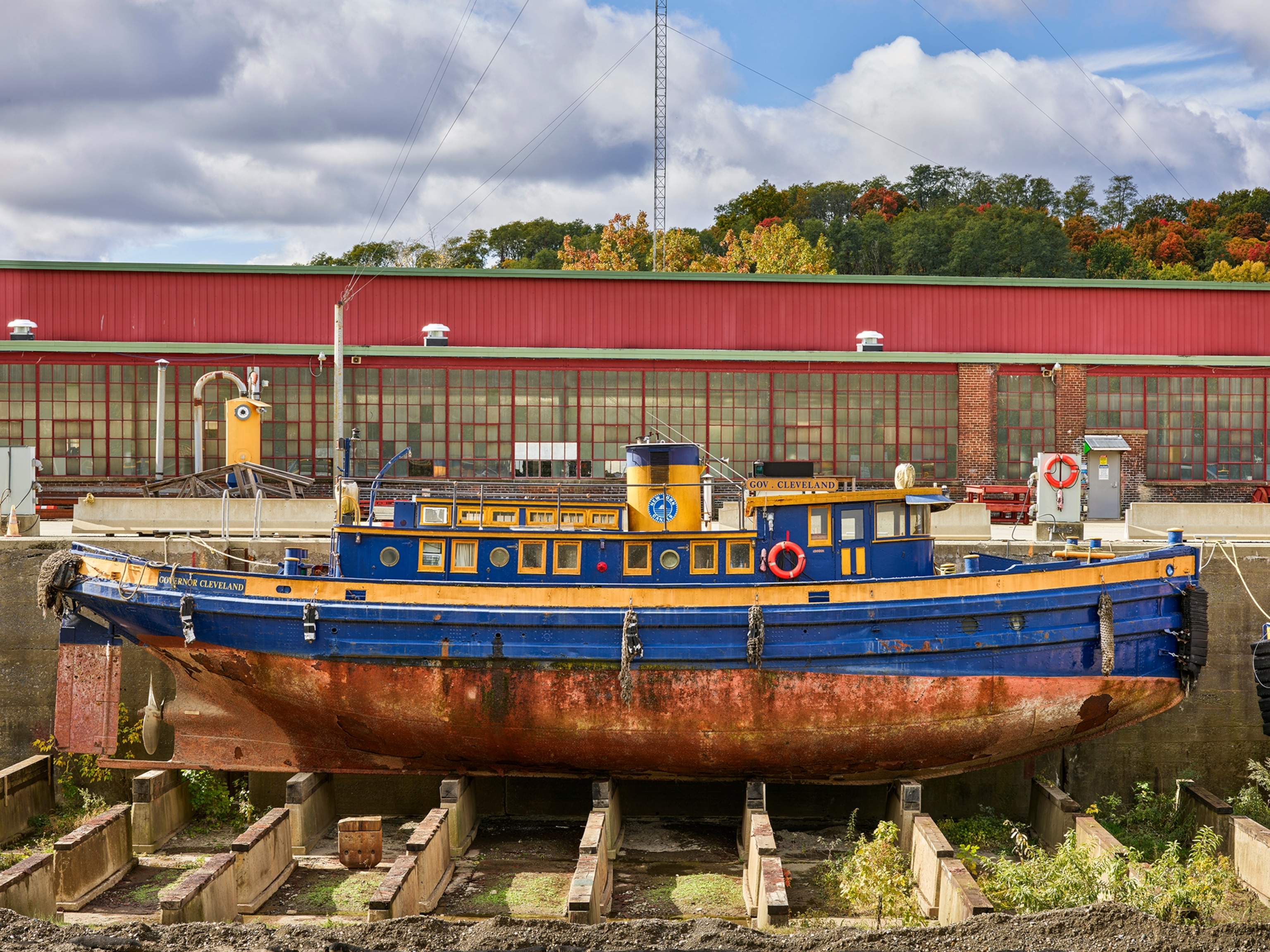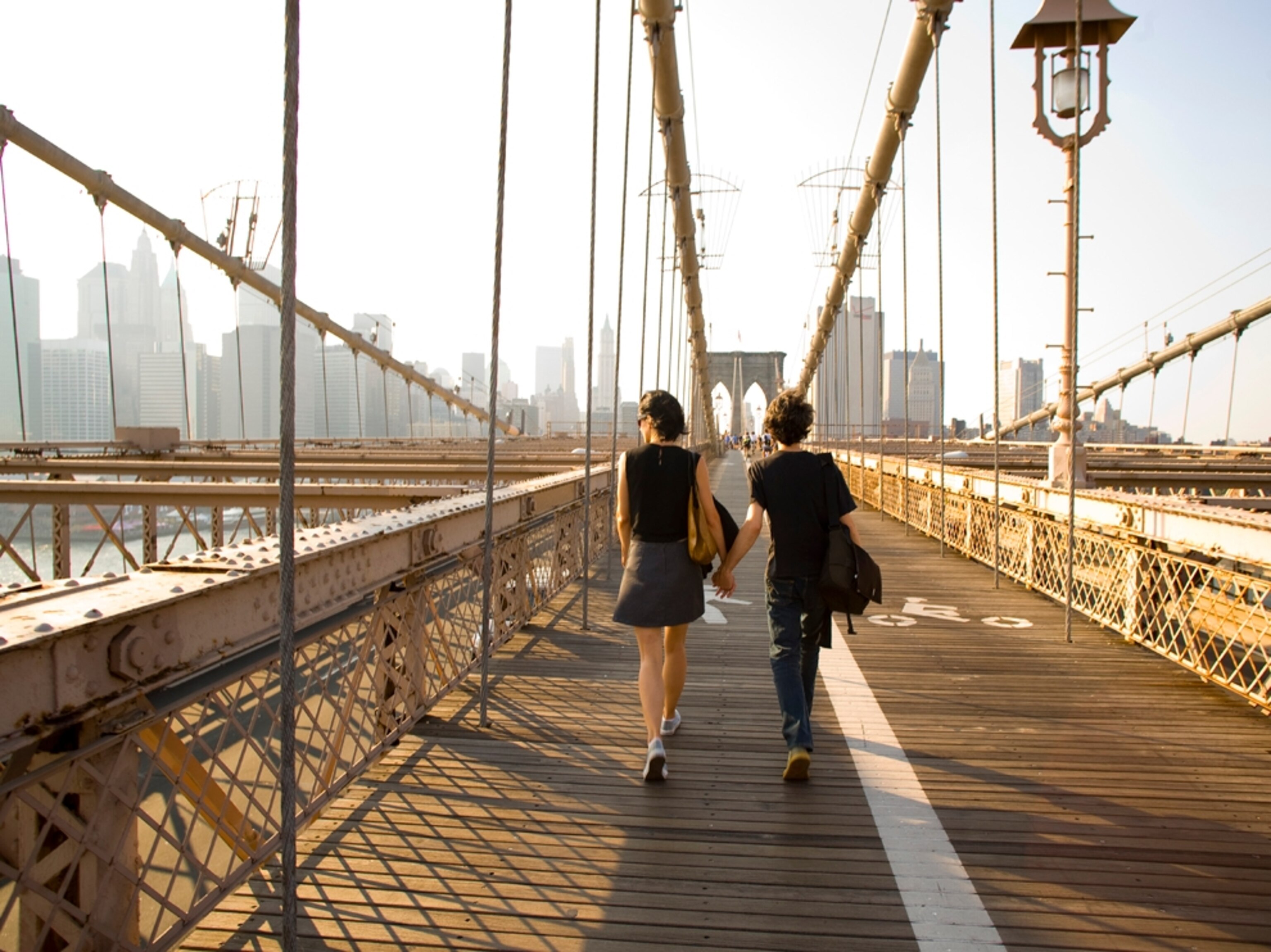
Traveling in Stride
Real Travel
From the March 2009 issue of National Geographic Traveler
To truly experience a place, begin by putting one foot in front of the other. Then repeat.
I wanted to end a perfect day perfectly. And so, an hour before sunset, I locked the wooden shutter windows of the antique Malay stilt cottage where I was staying, shooed away the sweet little house cat that had dozed on my chest all afternoon while I reread John le Carr's Tinker, Tailor, Soldier, Spy,and set off down the road from the Bon Ton Resort to explore the island of Langkawi, Malaysia. On foot. It was, at first, a pleasure as delicious as settling slowly into warm bath water. The air, which all day had been white-hot and still, was cooling now, and a breeze carried smells of earth, decomposing vegetation, and the nearby ocean. As my footsteps crunched the roadside gravel, white egrets swooped up from the rice fields. In the distance, fat glossy water buffaloes groaned as they lolled in the muck.
If you travel a lot, you know about these states of wonder, where you relax into a place so deeply it seems as if there is no separation between the landscape and your skin. Putting one foot in front of the other, in steady rhythm, I knew I was very close to that wonderful "place." Then, suddenly: Vvvvvvroooooooom! Zzzzzzzzzzooooooom!
The motorbike, a claptrap model with no muffler, sped by, kicking up gravel as it did. I scurried into the weeds by the road's shoulder. But soon another motorbike came roaring by, and then a truck hauling plastic water jugs, and then a car, whose occupants looked at me with amusement.
Nobody but the poorest of persons—and the occasional crazy traveler—walks any distance in Langkawi. Malaysia, an oil- and gas-rich country with a "national car" (the Malaysia-made Proton), state-subsidized gasoline, and a landscape crisscrossed by roads and highways. Pedestrians must bow to the rule of the motorized vehicle, even on a paradise island like Langkawi.
When I travel, I walk everywhere, and I am rather militant about the importance—the necessity—of traveling like this. Until I learn a place with my feet, I never really feel like I know it. And so, I walk, and organize my travel details around that most beloved habit.
Whether I'm going to Shanghai or Bangkok or Buenos Aires, I choose hotels in walkable urban neighborhoods. In Shanghai, that's the leafy, low-rise quarter called the French Concession; in Bangkok, it's the river-hugging Phra Arthit Road; and in pedestrian-friendly Buenos Aires, well, it's just about anywhere in town.
Out in the country, I try to find hotels within strolling or trekking distance of villages or interesting trails. I'm sure my walking bug comes from being a native of New York, certainly one of the world's most pedestrian-centric cities.
The notion that walking should be a traveler's number-one preferred mode of transport seems like a no-brainer. When you walk, you are in control of where you go and when. It's easy to stop and talk to passersby, then resume your journey without being enslaved to the fixed schedules of buses or trains.
History's very first travelers, of course, were walkers, and we continue to regard the great walking travelers of today—the adventurers who trek across Australian deserts or follow the route of the Silk Road from end to end—with a special, almost spiritual regard.
That is why I get so depressed when I find myself in a place where it's impossible to walk. Just the other month in Hong Kong, I wanted to stroll with a friend from her hotel in a new high-rise building to a restaurant only a few blocks away.
Stefani and I, both New Yorkers, started down the driveway. However, there was no way out—just a maze of steel barricades, dead-end paths, and freeway-feeder ramps. Hong Kong, like New York, is a compact city that should be a walkers' paradise. But the hotel's planners (like many other developers in Hong Kong) had constructed it so that it's dangerous to enter or leave on foot. Defeated, we had to give up and hail a taxi.
In other cities—Manila, Chennai, and Calcutta come to mind—the streets are walkable, in theory. But they are not pleasant. The traffic's chaotic, the exhaust fumes intolerable, and the sidewalks are dodgy—when there are sidewalks at all.
"We have to find a cycle rickshaw," my friend Nina yelled to me over the street din of Chennai. I pointed out that my guesthouse was just a short stroll away, in fact we could see it.
- National Geographic Expeditions
"No," she insisted. "The sidewalk is broken and people are crowding and pushing. You'll be all sweaty and dirty in a minute." In India, anyone who can afford the few rupees for a ride takes it, even if it's only for two blocks.
I leaned down in my seat, so I could at least see the streetscape from the windows of the rickshaw, and I gazed longingly at the places I would have explored—a sweet shop, a store hung with shiny aluminum cooking pots—if only I had been moving on my own two feet.
There are times, while I'm gliding and thinking to the rhythm of my strides in some beautiful, foot-friendly place, that I wonder when the original human form of transport will regain its status and be restored to its rightful place on the road. Given the state of the world's energy reserves, I'm hoping that it will happen sooner rather than later.
In the meantime, I will continue to insist on my right to one of travel's most perfect pleasures. When the motorbikes of Langkawi left me in the dust at sunset, I waved and smiled at them.
And kept on walking.
